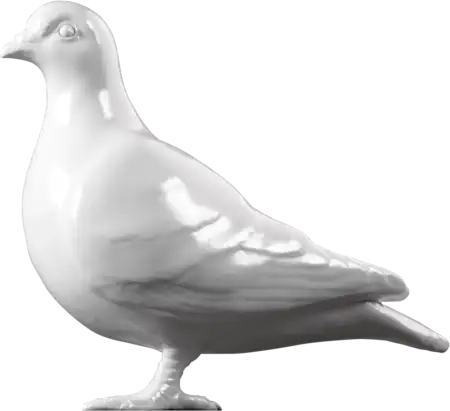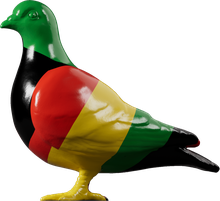Saxon & Medieval — Late Medieval; 15th century
The birth of St John the Baptist
Panels of carved alabaster like this, showing scenes from the Bible and lives of saints, were fitted together in wooden frames to form altarpieces and screens. This fragment is from a scene showing the birth of John the Baptist. Thousands of altarpieces and religious images were destroyed in the Dissolution and the iconoclastic purges of Edward VI. Most, like these painted alabaster fragments found embedded in a brick culvert in Hart Street, were used for building rubble, but some were shipped abroad to Catholic countries where images of saints were still acceptable.
This fragment shows John the Baptist’s mother Elizabeth surrounded by female attendants, one of whom is holding the newly born baby.
John the Baptist’s father, the priest Zacharias, had been struck dumb by the archangel Gabriel for refusing to believe the prophecy that his wife Elizabeth (who was over child-bearing age) would bear a child filled with the Holy Spirit, and that the child should be named John. When the baby was born the family wanted to name him after his father, but Zacharias ‘asked for a writing tablet, and wrote, saying “His name is John”’ (Luke, Chapter 1, verses 5-25 & 57-65). After this, Zacharias was able to speak again. There is a complete example of a similar alabaster in the Victoria and Albert Museum collections (object no. A.187-1946).
- Category:
- Saxon & Medieval
- Object ID:
- 11179/1
- Object name:
- The birth of St John the Baptist
- Object type:
- Artist/Maker:
- —
- Related people:
- Related events:
- Related places:
- Production date:
- Late Medieval; 15th century
- Material:
alabaster
- Measurements/duration:
- H 213 mm, W 215 mm, D 50 mm (overall)
- Part of:
- —
- On display:
- —
- Record quality:
- 100%
- Part of this object:
- —
- Owner Status & Credit:
Permanent collection
- Copyright holder:
digital image © London Museum
- Image credit:
- —
- Creative commons usage:
- —
- License this image:
To license this image for commercial use, please contact the London Museum Picture Library.

